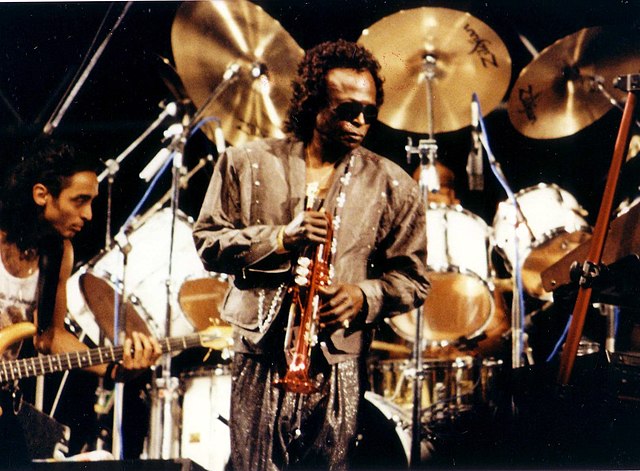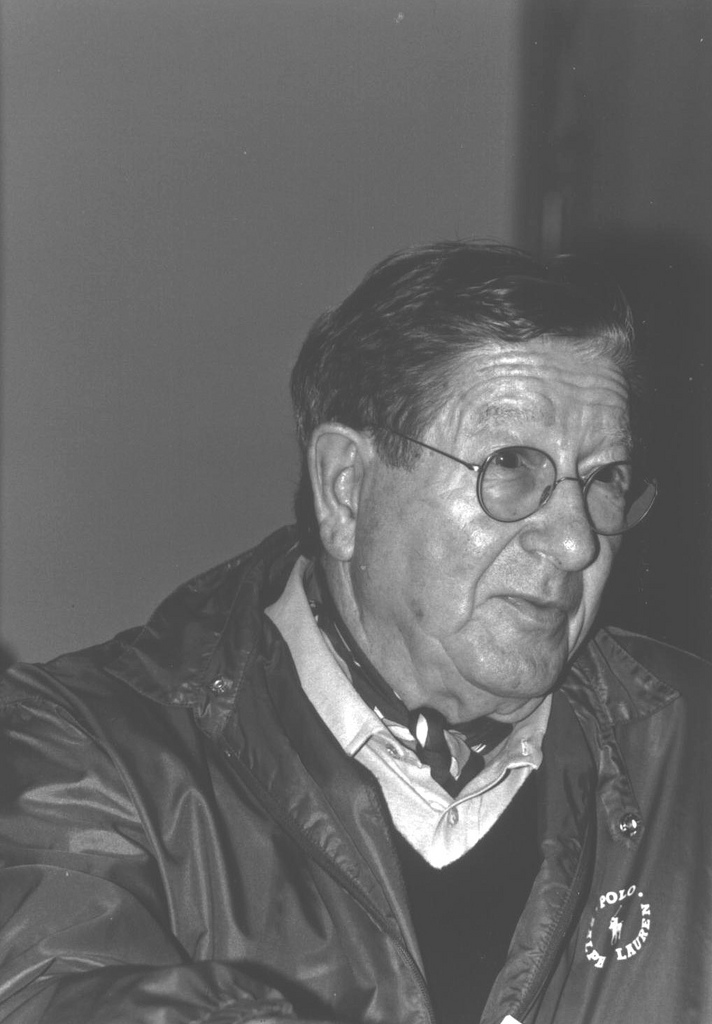
Jazz-Rock 3
Bitches Brew dispenses with nearly all of the conventions of both rock and jazz yet manages to combine the two styles into a startling new sound, as described in the first paragraph of this section. Davis achieved this unconventional sound by bringing into the studio an extensive group of musicians, including three drummers, three pianists (playing electric pianos and organs), an electric guitarist, two bass players (one on electric bass), and a bass clarinet player for several sessions of lengthy and essentially unstructured group improvisation. Davis kept the tape rolling throughout these sessions, and the recorded improvisations were then edited by Davis and producer Teo Macero so that they would fit onto four LP record sides. The resulting sound is dark, explosive, unpredictable, complex, and often chaotic.
Bitches Brew is a remarkable work of abstract music inside the sounds, beats, and riffs of commercial music and a unique document of the recorded era. The album's effect on jazz and rock was shattering, disruptive in ways that made an abject mockery of the contemporary vainglorious use of the word "bitches" by people who only wished to make money.
Bitches Brew opened up an entirely new universe of aesthetic and technical possibilities. It is both carefully organized and roughly made, and it borrows from materials and methods that came both before and from outside the tradition in which it appeared. In defiance of every prescribed notion of how pop, rock, and jazz were (and are) supposed to go, the work rejects musical convention. There are tracks, but there are no songs, double-bar lines, and nothing to neatly round off the end of a stretch of music. There are only two tracks on the entire first LP of the set: At twenty minutes, " Pharaoh's Dance " takes up the whole of side A, while side B consists of twenty-seven minutes of the far darker and more threatening music of the title track.







